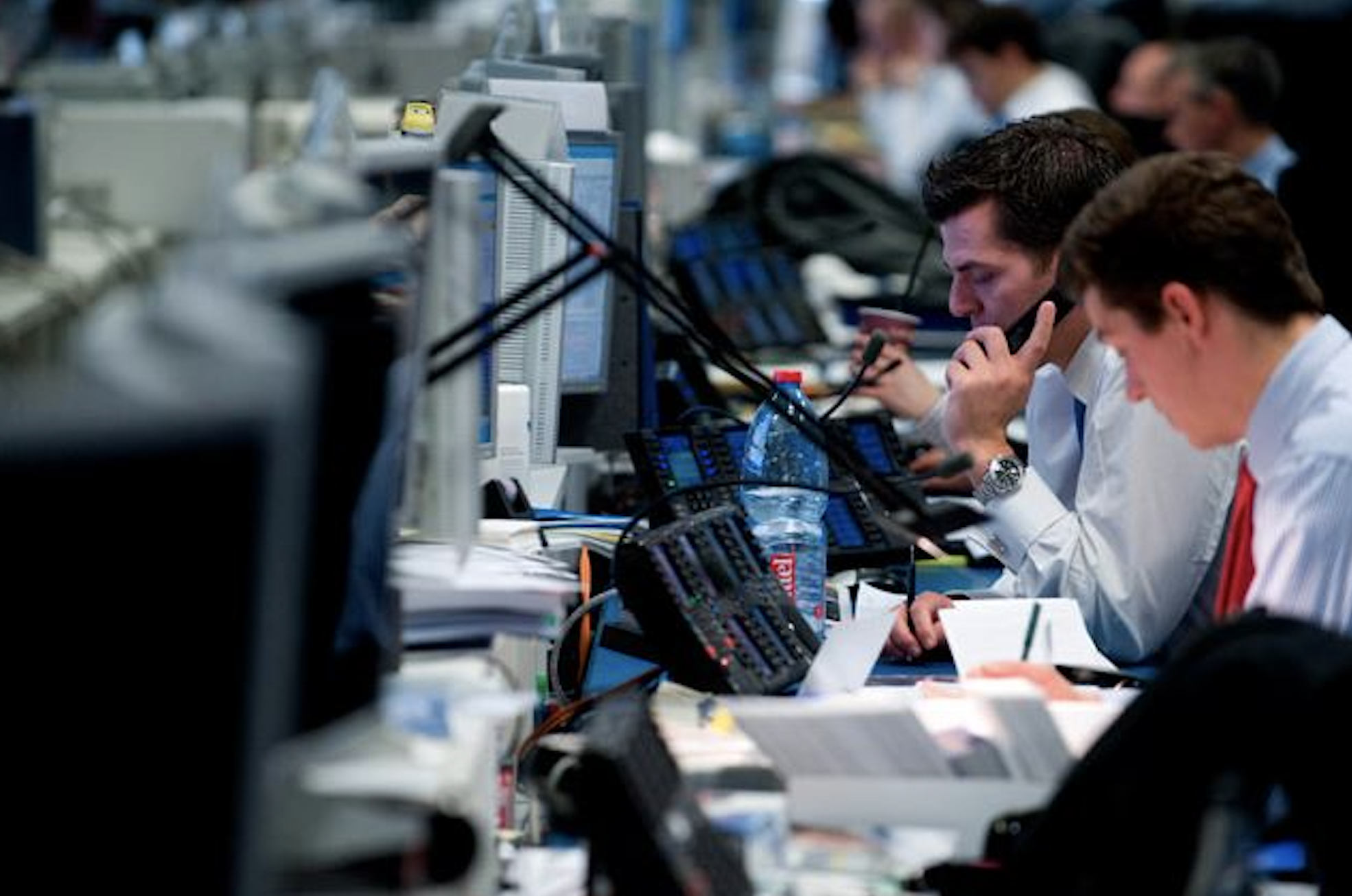

Modeling likely best-executable pricing for high-yield bonds that trade once every two weeks requires aggregating vast amounts of data from multiple sources in a credit market fragmented across many trading venues and dark over-the-counter dealing.
Source: Euromoney
In January, Overbond announced an agreement to take settlement data from Euroclear for bonds that trade away from lit venues.
Magdelinic says: “For years, people thought that settlement-layer data was stale and pretty much useless for real- time bond trading analytics. But, even though it is T+2, it is very useful. Trades executed by voice can be 50% of the volume on any given day ,and those become visible in settlement data. If your AI algos are working through and training on 10 years’ worth of settlement data, then two days suddenly looks close to real time.”
“Human instinct is a limiting factor here. It’s not human instinct to model pricing for a ski-operator based on an ice-cream maker”
Vuk Magdelinic, Overbond
When rarely traded high-yield bond issuers do not have direct comparables in the same sector to assist executable price modelling, AI can seek so-called “nearest neighbours” that are not obvious and may be from different sectors.
“Human instinct is a limiting factor here,” says Magdelinic. “It is not human instinct to model pricing for a ski-operator based on an ice-cream maker. But it can be a useful input if they have similar balance sheet leverage, cashflow intensity and seasonality of earnings. And machine learning, thanks to the power of serverless cloud computing, can now compare every bond to every other bond in seconds.”
For a dedicated investor managing a portfolio of 1,000 high-yield bonds, none of which is liquid, the trade execution desk cannot be confident of the price at which the portfolio manager can actually execute switches.
“An engine that can analyze liquidity risk and model at speed a best executable price that can be within 0.5 basis points of where you actually execute, is very valuable,” says Magdelinic.
Electronic bond trading is long established on markets such as Tradeweb, Bloomberg and MarketAxess. Fully automated trading, which algos simply handle in the background for trade execution desks and with no supervision at all, is still rather new.
“There is a line of thinking that it would be wonderful if only the bond markets could work like the equity markets with a consolidated tape,” says Magdelinic. “While that would be excellent, I don’t see that in the next five to 10 years. We are not modelling a consolidated tape. Rather, we are modelling for each client, aggregating data from multiple sources but also taking their unique trade history and their own pre-trade insights.
“However, I do believe that increased trade automation of higher-rated credit bonds will be a mainstream trend in 2021 and 2022.”
He suggests that in the European credit market, trading in close to 30% of corporate bonds, those in the top liquidity tier, can now be automated: “If you are working 10 hours a day on a buy-side execution desk, imagine what you could do if you got three of those hours back.”
And these are tools also for the sell-side.
Magdelinic says: “If I am the market maker responding to RFQs [requests for quotation], I want to model the price at which I can likely win the trade while still keeping as much spread as I can.”


